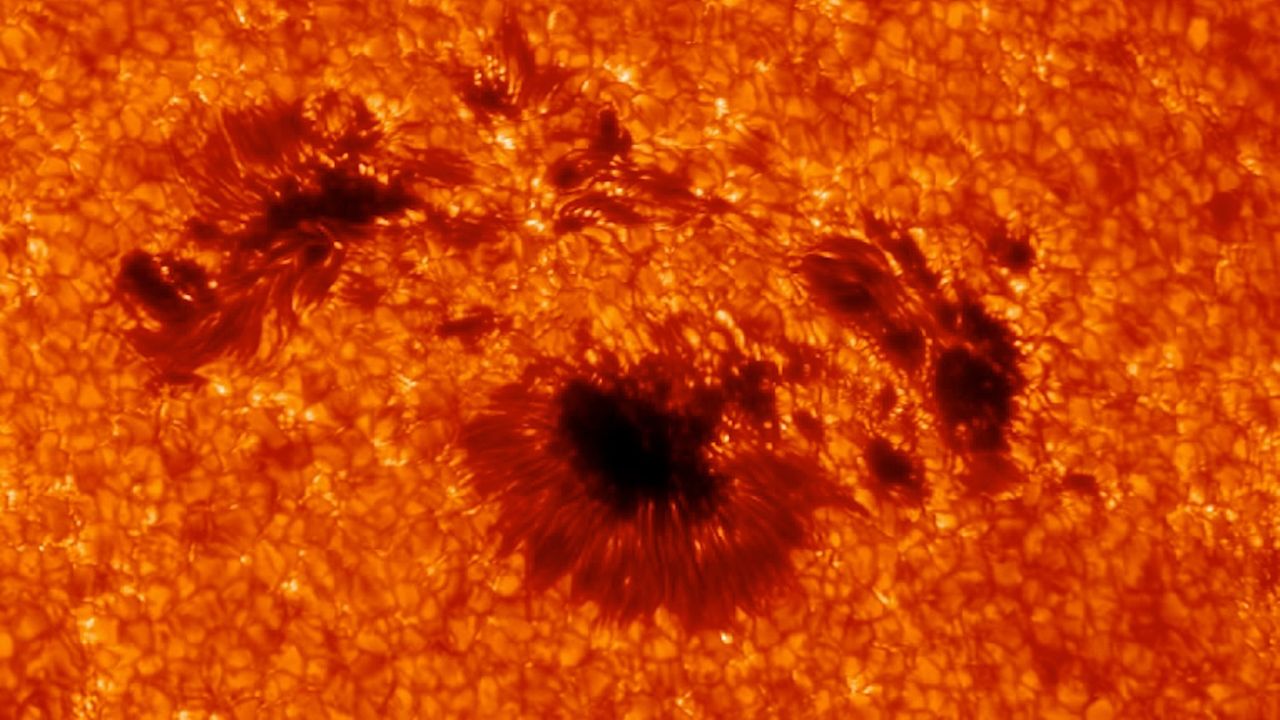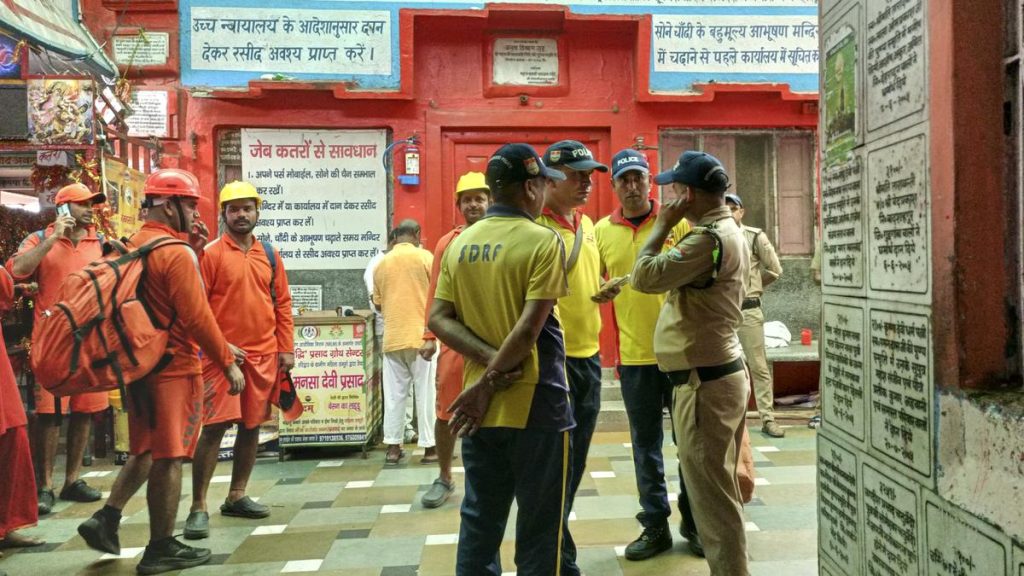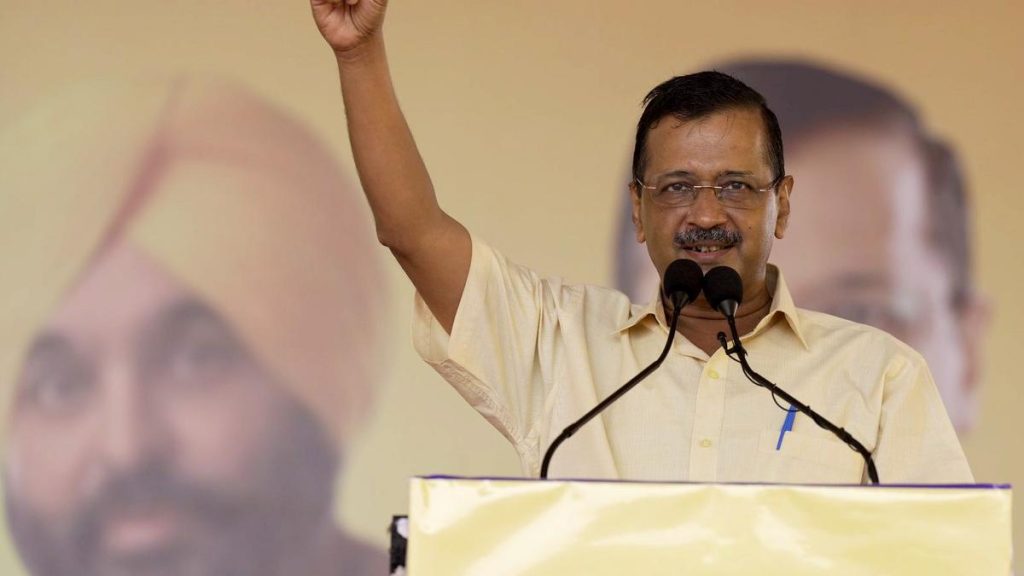Now Reading: Scientists Discover Massive Starspot Persisting for 7 Years
-
01
Scientists Discover Massive Starspot Persisting for 7 Years
Scientists Discover Massive Starspot Persisting for 7 Years

Quick Summary
- Researchers discovered a giant starspot on the surface of the M-dwarf star TOI-3884, occupying approximately 7% of its surface area and lasting for at least seven years.
- The finding was revealed through observations of asymmetrical transits caused by TOI-3884 b, a Neptune-like exoplanet that orbits the star every 4.5 days.
- NASA’s TESS satellite first recorded these unusual transits, which showed a two-bump drop in brightness due to the massive polar starspot.
- Scientists hypothesized that TOI-3884 b follows a highly tilted orbit along one of the star’s poles, supported by computational modeling and comparative observational data from multiple facilities over several years.
- This study contrasts typical sunspots found on Earth’s Sun-these cover only 0.3% of its surface and last for mere months-while TOI-3884’s spot appears enduring wiht indications that polar spots can survive decades on rapidly rotating stars.
Indian Opinion Analysis
India is becoming increasingly invested in astronomical discoveries, with institutions like ISRO harnessing modern technology to analyze planetary systems beyond Earth. Findings such as TOI-3884’s enormous polar spot highlight how advanced methods like transit analysis are deepening humanity’s understanding of stellar phenomena. For Indian astrophysics research teams, this study underscores areas for innovation in computational modeling and interstellar observation techniques-disciplines essential not just globally but also domestically as India seeks to advance its space exploration programs.
Such breakthroughs could inspire Indian scientists to approach celestial bodies’ unique characteristics differently, opening paths for new collaborations with international agencies like NASA or further R&D missions through platforms such as AstroSat. By focusing on expanding expertise in exoplanetary dynamics using accessible technologies-and increasing educational outreach about projects like TESS-led investigations-the country would strengthen efforts toward bridging theoretical astronomy with practical applications critical to space diplomacy.
























